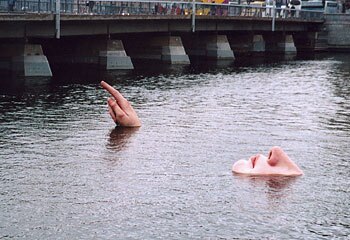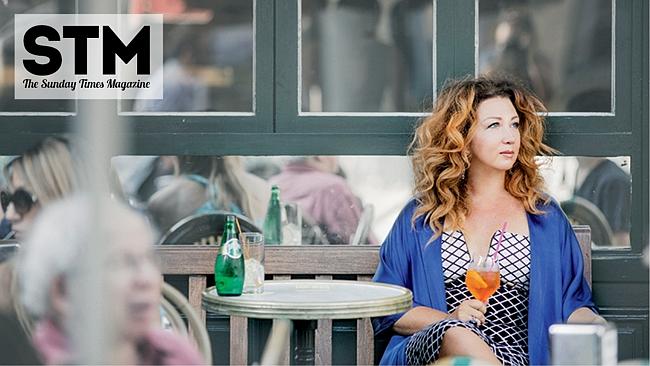Sin city of indulgence
STOCKHOLM isn't good for a man's optic nerve. Or resolve. Kevin Pilley lets his belt out a notch after a 'pastry crawl' through coffee-houses of the Swedish capital.

STOCKHOLM isn't good for a man's optic nerve. Or resolve.
Mine gave out within half an hour of entering the old town. Within three-quarters of an hour my tongue was lolling out in a very worrying and uncontrollable way. For more than an hour I did nothing but have sinful thoughts and shoot lustful looks through shop windows. Frankly, all I did was ogle and drool.
You can go on a canal tour or invest in a 'Stockholm Card', which will allow you entry into more than 75 city-wide museums and attractions. But neither is particularly sensual. Or naughty.
One of the best and naughtiest ways of exploring the Swedish capital is by going on a coffee-house crawl and see how much pastry you can eat before you begin to feel guilty and every pavement stone begins to feel like bathroom scales.
The Swedes take their coffee seriously and pride themselves on being cake connoisseurs and pastry aficionados. Every second in Stockholm someone is either baking something delicious or cramming something baked and delicious into their mouth. But the incidence of Baltic herring abuse is much lower.
Stockholm is just not about 'smorgasbord'. There is life after smorgasbord. Stockholmers have sweet tooths as well as salty ones. The city is famous for its cafes, coffee and its cakes. Sightseeing is therefore a mouth-watering experience.
Temptation is everywhere – delicious filled muffins and calorie-loaded gateaux at every turn.
There are also some great-looking buns in Stockholm. You can't help but notice, admire and lust after them. It is difficult to keep your tongue still in Stockholm.
Perhaps the oldest cafes and the best places to indulge in Swedish bun appreciation are in and around Stortorget Square in the Gamla Stan, or old quarter.
The Nobel Museum is there too. The most atmospheric cafes are in cellars with marvellous medieval vaulted ceilings.
Choklatkoppen is a popular and historic cafe. Sturekatten on Riddargaten is considered another classic Scandinavian establishment. There are coffee stands in the Ostermalmshallen, the 19th-century Gothic market. Konditori Valand on Surbrunnsgardan is also well-known. Sundberg's Konditorei is another archetypal place to sit for a quiet coffee and write your postcards home ("The tarts here are gorgeous".)
In Stockholm's coffee shops you can learn more about Swedes and Scandinavia than in any museum. You can observe the locals at work and at play. You can learn to tell the difference between Lofbergs and Arvid Norquist coffee-beans. Just by fondling them. And to distinguish – from a distance – a Biskvier (macaroon) from a Pepparkakor (gingerbread cookie).
If you are lucky you might also get a rare sighting of a Hallongrottor or raspberry cupcake.
In Stockholm you cannot remain indifferent to the traditional arts of pastry-making, baking and coffee-brewing. They are on everyone's lips. They are a way of life and celebrated on every street. Wherever you go at the mouth of Lake Malaren the locals are busy tipping froth or putting chocolate petit-fours in their mouths.
Stockholm is one of the best smelling cities in Europe. It smells of chocolate eclairs, almond tortes, curd cakes, date crumbles, coconut whirls, banana bread, aebelskiven (pancake balls), floteraftler ( waffles), carrot cakes, cinnamon slices, poppyseed cheesecakes, whipped cream, jam and sponge-cakes.
It is Sin City. Even if you are window-shopping.
Vette-Katten on Kungsgatan is another. With its oil paintings and velvet sofas, it is a place where the click of a cake fork on porcelain reigns supreme.
It is where you can go to witness the ancient pastime and meticulous science of meringue-choosing performed by experts.
In Stockholm, weight-watching and sightseeing are not the same.



